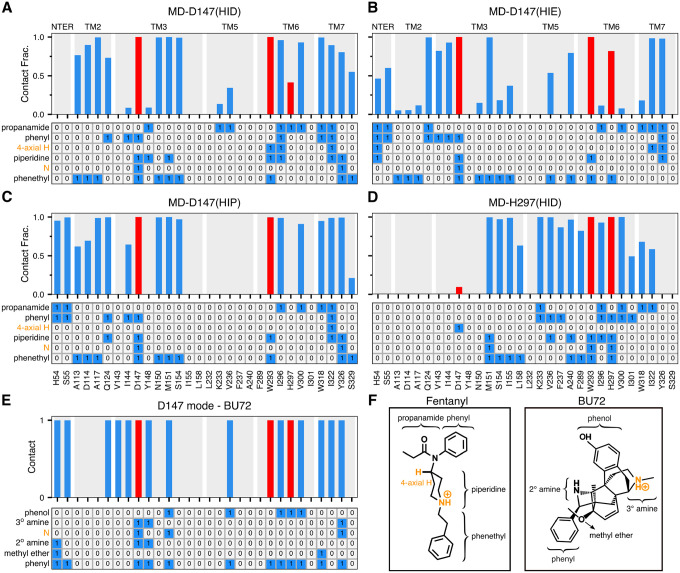Figure 4. Fentanyl-mOR interaction profiles in the presence of diėrent protonation state of His297 and comparison to the BU72-mOR contacts in the crystal structure.
A-D Top. Fraction of time that mOR residues form contacts with fentanyl in the equilibrium MD starting from the D147- (A, B, C) and H297-binding modes (D). A contact is considered formed if any sidechain heavy atom is within 4.5 Å of any fentanyl heavy atom. Only residues that form contacts for least 25% of the time in at least one of the six equilibrium simulations are shown. Contacts with Asp147, Trp293, and His297 are highlighted in red. A-D Bottom. Ligand-mOR fingerprint matrix showing the fentanyl groups as rows and mOR residue as columns. 1 represents in contact and 0 represents no contact. E. mOR residues forming contacts with BU72 in the crystal structure (PDB: 5C1M9). F. Chemical structure of fentanyl and BU72. Different substituent groups are labeled. The 4-axial hydrogen and amine nitrogen of the piperidine group are indicated.

